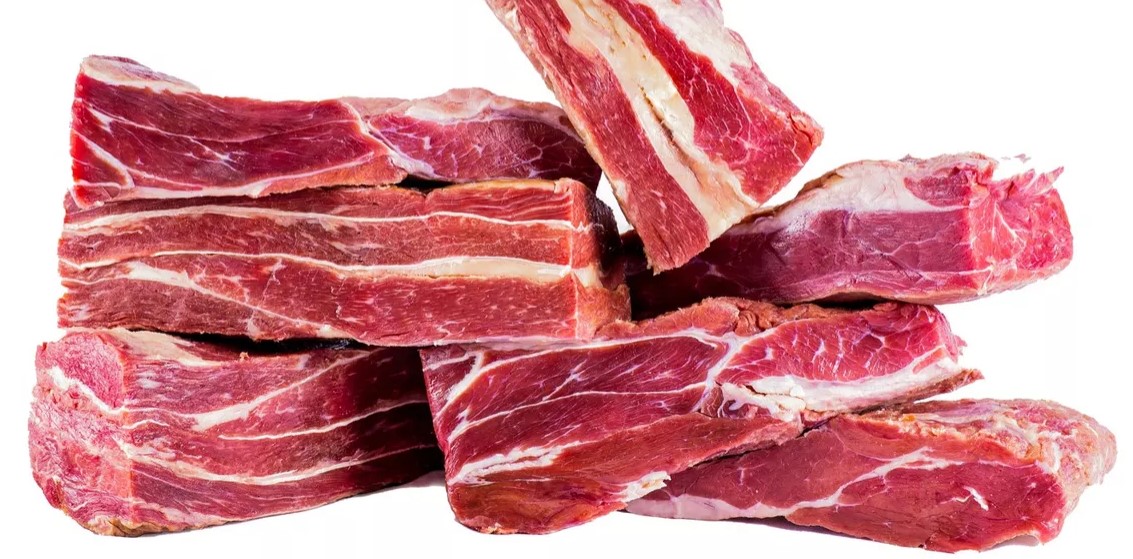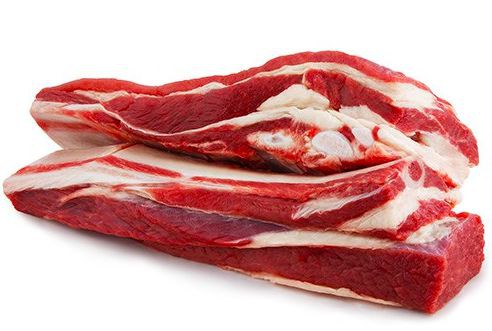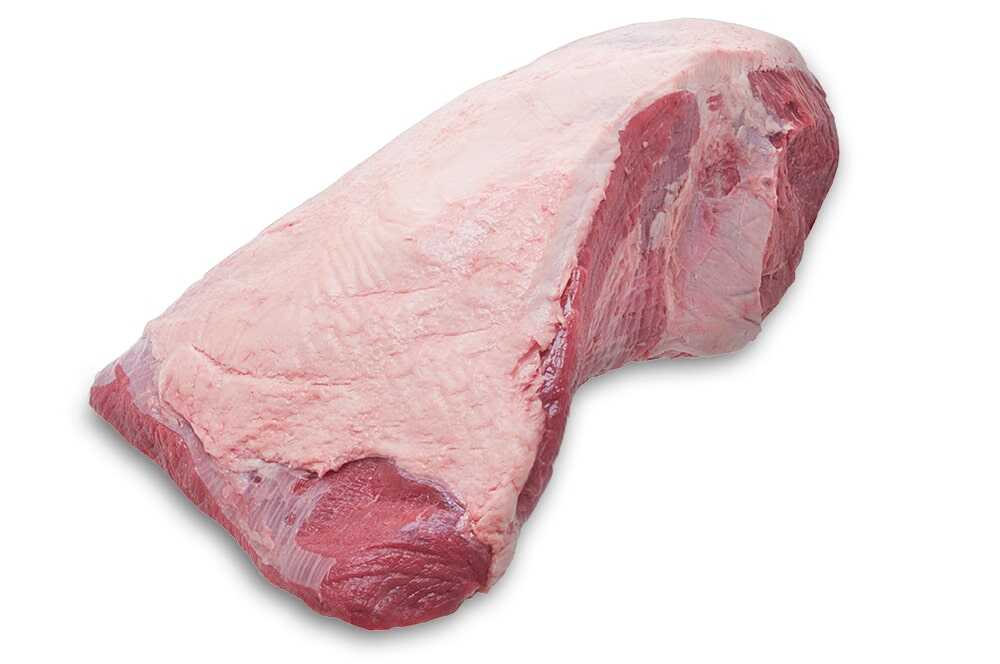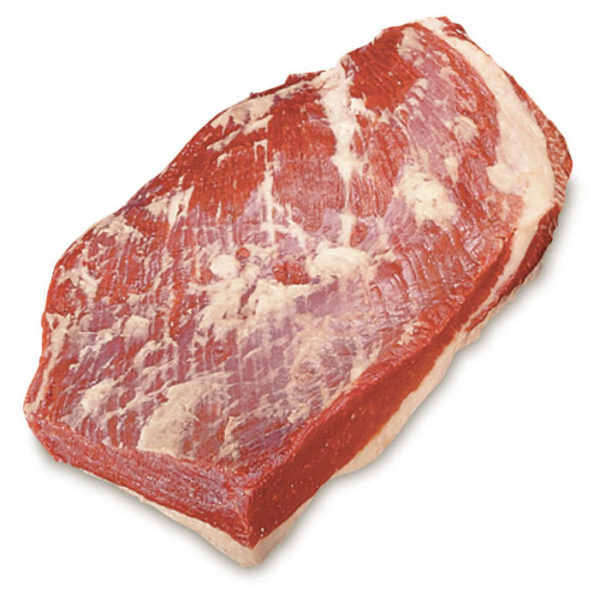
O que é Charque? Pela lei no Brasil, charque é o produto cárneo obtido de carne bovina, com adição de sal e submetido a processo de dessecação. É comercializado como “charque” ou “carne bovina salgada e dessecada”, também podendo ser ter “carne seca” na descrição do produto. Pode conter carnes de outras espécies animais desde que, quando comercializado, seja informado na embalagem.
Esta lista de ingredientes, características e processos foi elaborada seguindo a INSTRUÇÃO NORMATIVA Nº 92, DE 18 DE SETEMBRO DE 2020, contendo os Regulamentos Técnicos de Identidade e Qualidade (RTIQ) do charque, da carne salgada curada dessecada, do miúdo salgado dessecado e do miúdo salgado curado dessecado, então é um guia geral que pode ser usado na produção de charque para comercialização, mais abaixo apresentamos uma receita simplificada para o charque caseiro.
Pela regulamentação brasileira oficial, são previstas as seguintes etapas para a elaboração do charque:
1) desossa e manteação(corte);
2) salga úmida ou salmouragem, por injeção ou imersão;
3) adição de sal seco. Exercer pressão para a dessecação, invertendo regularmente;
4) remoção do excesso do sal superficial, por lavagem em água;
5) secagem(dessecação), pendurado em varais, em estufa ou externo, cobertos ou não, com passagem da luz solar;
6) preparo, fracionamento, prensagem e acondicionamento do produto em embalagens.
ingredientes do charque
Ingredientes obrigatórios:
- carne
- ponta de agulha(muita gordura), esse corte faz parte da costela bovina.
- dianteiro(média gordura), ex.: peito bovino.
- traseiro(pouca gordura), ex.: coxão duro.
- sal (NaCl).



Ingredientes opcionais:
- estabilizante;
- acidulante;
- regulador de acidez;
- antioxidante.
parâmetros físico-químicos para o charque:
1) atividade de água (Aw): máxima de 0,80 (oitenta centésimos);
2) umidade: máxima de 50% (cinquenta por cento);
3) resíduo mineral fixo (cinzas): máximo de 23% (vinte e três por cento); e
4) cloreto de sódio (NaCl): mínimo de 12% (doze por cento).
Como Fazer Charque em Casa
Fazer charque em casa é um processo bem simples, requer poucos ingredientes, tempo e paciência.
Passos básicos de preparo do charque caseiro:
Escolha da carne: o charque tradicional faz uso de cortes mais baratos, como o coxão duro, ponta de agulha e peito bovino, mas para fazer em casa pode optar por carnes bovinas de boa qualidade, com menos gordura como o patinho, coxão mole e alcatra.
Corte da carne: corte a carne em pedaços de aproximadamente 3 cm de altura, com o comprimento variável, mas geralmente próximo a 10 cm. Cortes mais compridos podem dificultar o manuseio e a acomodação nos recipientes caseiros.
Salga: em uma vasilha, preferencialmente não metálica para evitar a reação com o sal, cubra o fundo com uma camada de sal grosso, coloque a carne aberta sobre o sal e cubra-a completamente com mais sal.
Descanso: deixe a carne descansar no sal por 7 dias. Remova o líquido caso esteja acumulando na parte de baixo da carne. Este processo visa remover água e incorporar bastante sal na carne, protegendo de contaminações.
Tombamento: vire a carne diariamente para que a água seja eliminada uniformemente. Aproveite este processo para eliminar o excesso de líquido acumulado.
Lavagem: após o período de salga, lave a carne em água corrente para remover o sal externo.
Secagem: pendure a carne em um local bem ventilado e ensolarado para secar. O tempo de secagem pode variar de 7 a 20 dias, dependendo das condições climáticas.
Dicas para Fazer Charque em casa
- Use sal grosso de boa qualidade;
- Certifique-se de que a carne esteja completamente coberta de sal durante a salga;
- Lave bem a carne após a salga para remover o excesso de sal;
- Seque a carne em um local bem ventilado e ensolarado para evitar o crescimento de fungos;
- Você pode temperar o charque com especiarias de sua preferência antes de secá-lo.



